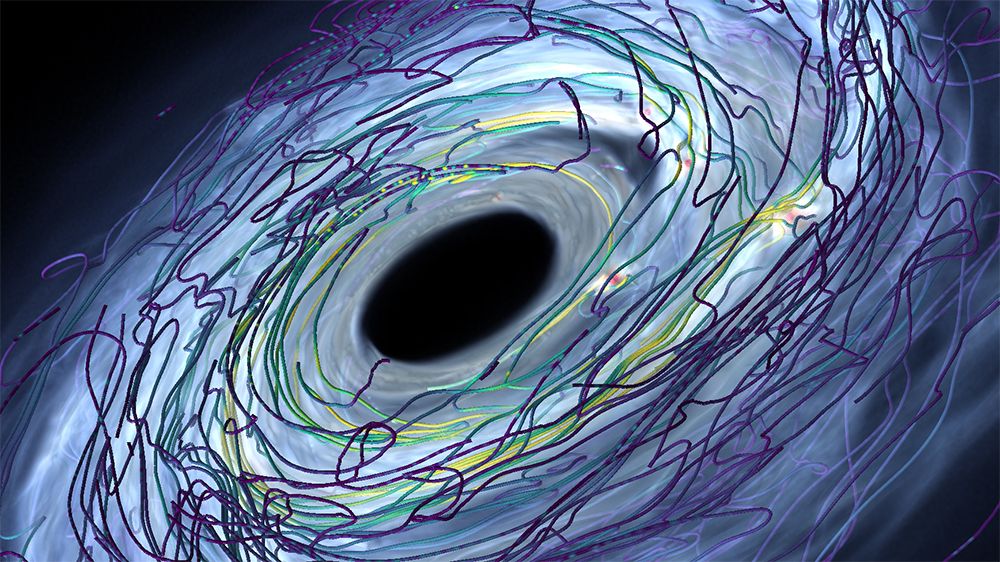Magnetic Fields Help Shape the Formation of New Planets
By Andy Tomaswick
In all of scientific modeling, the models attempting to replicate planetary and solar system formation are some of the most complicated. They are also notoriously difficult to develop. Normally they center around one of two formative ideas: planets are shaped primarily by gravity or planets are shaped primarily by magnetism. Now a new theoretical model has been developed by a team at the University of Zurich (UZH) that uses math from both methodologies to inform the most complete model yet of planetary formation.
Scale is the problem causing the dichotomy between magnetic and gravitational models. At grand scales, such as those of protoplanetary disks, gravity holds sway. Dust and gas coalesce together to eventually form an early stage planet. However, as they start to stick together, magnetism begins to take over.
As differently charged dust particles form electric (and therefore magnetic) fields when they rub into each other. At the scale of individual planet formation, these magnetic forces are much stronger than the gravitational forces of dust upon other pieces of dust. Magnetism therefore has much more of an impact on individual planetary formation rather than the solar system spanning gravitational forces.

Credit: NASA/JPL-Caltech/T. Pyle (SSC) – February, 2005
In order to combine these two disparate models, the UZH team had to utilize two modern tools: a new theoretical framework and a really powerful supercomputer. The theoretical framework took into account the differences in scale between the two competing forces. In particular Dr. Hongping Deng, now a postdoctoral researcher at the University of Cambridge, was able to meld together the period of time where the magnetic forces start to overtake the gravitational forces in terms of importance. One pleasing outcome of this framework is that it results in planets that are a similar size to those found in reality, in contrast to most existing current planetary formation models.
Understanding that outcome would have been impossible if not for the second key tool in the researcher’s toolbox: a really good supercomputer. The team chose to use the Piz Daint supercomputer as the Swiss National Supercomputing Center. With its horsepower behind their modeling algorithm, the team was then able to flesh out the outcome that so closely models reality. Using some nice visualization technology, they were also able to develop an animation, which can be seen in UZH’s press release, that visibly shows the outcome of the model over time.
Any additional insight into the world of planetary formation is welcome, even if it requires a lot of time spent developing an algorithm and running it on a supercomputer. Exoplanet research, planetary geology, and even atmospheric science would all stand to benefit from a better understanding of how our and other worlds are formed. If it happens to be by a complex combination of magnetic and gravitational forces, so much the better that we now have the computational power and a framework to truly grasp it.
Learn More:
UZH: A New Way of Forming Planets
Nature Astronomy: Formation of intermediate-mass planets via magnetically controlled disk fragmentation
UT: Astronomers See a Newly Forming Planetary Disk That’s Continuing to Feed On Material from its Nebula
Lead Image:
Artist’s impression of a the magnetic field lines in a protoplanetary disk.
Credit: Jean Favre, CSCS
The post Magnetic Fields Help Shape the Formation of New Planets appeared first on Universe Today.

February 18, 2021 at 07:55PM
via Universe Today read more...

Post a Comment